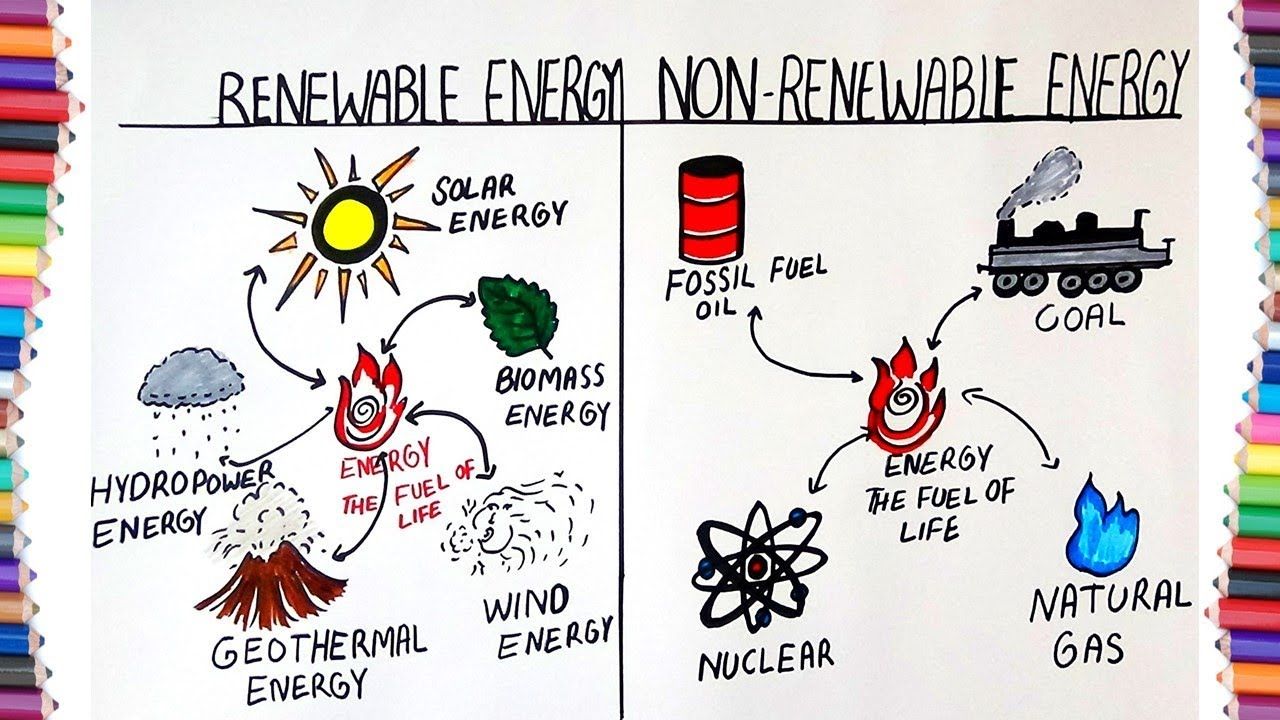Towards the farewell to coal, here is the first timid overtaking of Renewables
The future will be greener, indeed it already is. This is what the report of the London-based think tank “Ember”, an independent working group that deals with climate and energy on a non-profit basis and provides data, analysis and policy solutions to accelerate the global transition to renewable energy sources, tells us.
According to London-based researchers, in the 27 countries of the European Union, green sources now generate more electricity than fossil fuels.
Wind, solar, hydropower, biomass and biofuels, on which Brussels is betting to transform its energy system, produced 40% of electricityin the first halfof the year, overtaking gas and coal, which stood at 34% for the first time.
Perhaps it is a sign of the times that this news is being given by the organ of Italian industrialists and while all the great economic choices of these crucial times – from the programs of the European Central Bank to the Recovery Fund just launched – seem to confirm that what was once called “environmentalism” and was reflexively put in opposition to development, development is becoming a condition.
And it is precisely the senior analyst of “Ember”, Dave Jones, who explains that what we are just experiencing is “a symbolic moment in the transition of the electricity sector in Europe” and in the fight against global warming.

Renewables and Covid-19
But what role has the pandemic played in this very difficult game? Decisive, apparently. According to Dave Jones, during these dramatic months, we have seen a 7% drop in energy demand overall. In the general erosion of fossil fuel market shares, coal’s is a real collapse: minus 32%.
Mind-boggling numbers that make you think a lot. Also in this case, the turning point is the German locomotive, an increasingly green locomotive that has chosen to get rid of the most expensive and polluting energy source altogether by 2038.
According to the newspaper Il Sole 24 Ore, “coal generated only 12% of the European Union’s electricity in the first half of the year.It has halved since 2016. Its use has fallen in all 27 EU countries”.
Among the European countries with excellent performance there is certainly Portugal, which has decided to close its two coal-fired power plants within the next two years and which therefore records a -95%. Austria and Sweden, just like Portugal, have also taken the most difficult decision, namely to close the last power plants in operation once and for all.
Among European countries, however, there are some stubborn people who do not want to switch to renewables. We are talking about Poland, which does not want to close its mines and, apart from Germany, produces more electricity from coal than all the other EU countries combined.

Italy and Green Energy
But what happens in Italy? Among the countries of the European Union, Italy has an excellent position in terms of energy demand: we are third in terms of the contribution of green energy to gross final consumption and second in terms of green electricity production. In the first half of 2019, Italy recorded a minus 25%, with the commitment, however, to start increasing the number of renewable energy sources.
Renewables in Italy accounted for 33.9 per cent of electricity production, 19.2 per cent of thermal consumption and, applying calculation criteria defined by Directive 2009/28/EC, 7.7 per cent of consumption in the transport sector.
It should be noted that Directive 28 of 2009, implemented in Italy with Legislative Decree no. 28 of 3 March 2011, assigns to Europe as a whole and to the individual member states, two important binding targets in terms of the diffusion of renewable sources.
First of all, the overall target that envisages the achievement, by 2020, of a share of total gross final energy consumption covered by renewable sources of at least 20% in Europe (17% in Italy).
The second objective is the transport sector, which envisages the achievement of at least 10% of gross final energy consumption in the transport sector covered by renewable sources by 2020, equal to all member states.
In Italy, the energy transition is regulated by the “PAN – National Action Plan for Renewable Energy”, sent to the European Commission in 2010, which identifies the annual trajectories for achieving the two Italian objectives by 2020 and introduces two additional ones relating to the electricity and thermal sectors.
In short, the path towards the energy transition is still long and not without obstacles but, to use an old wise saying, “a good start is half the battle”.
